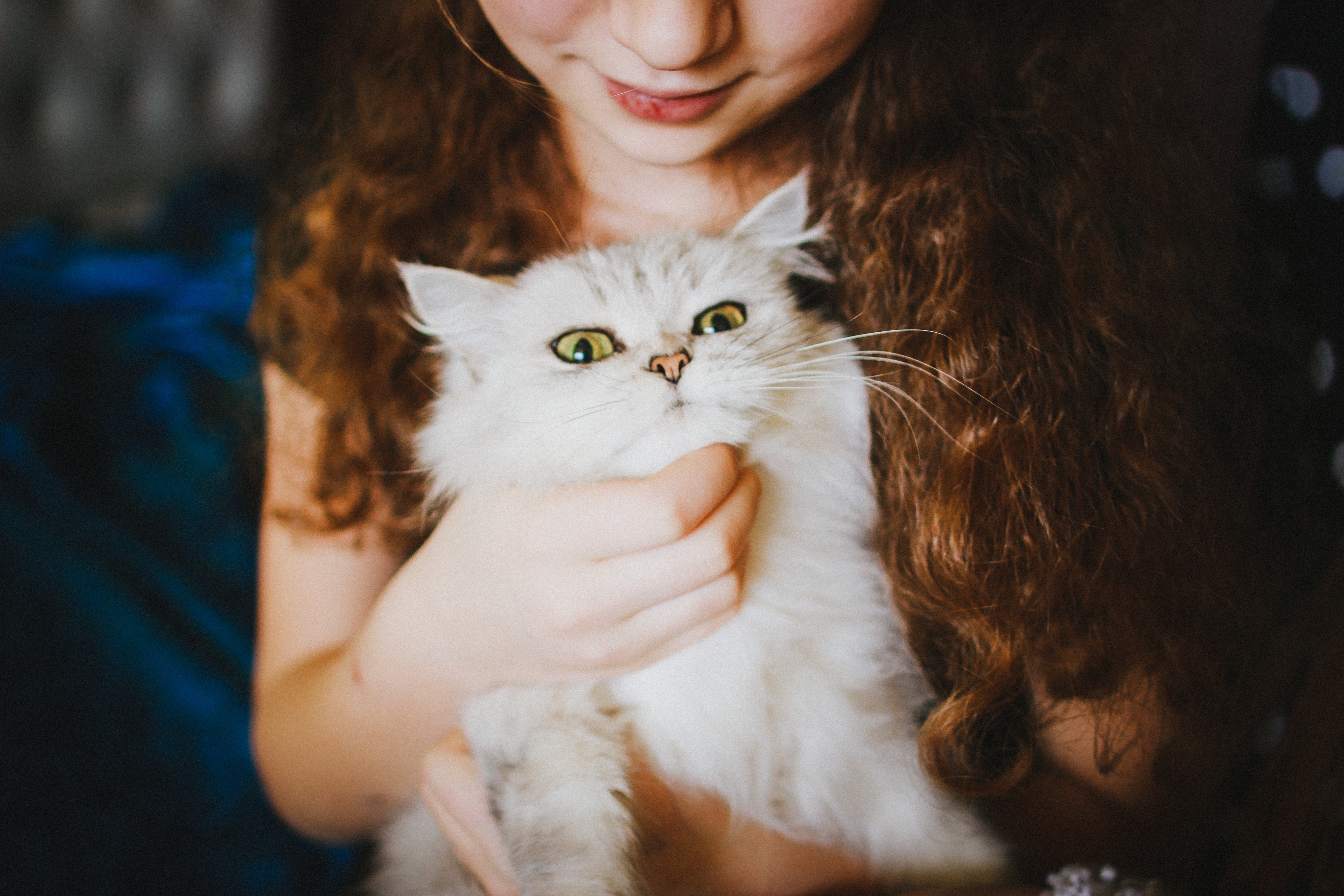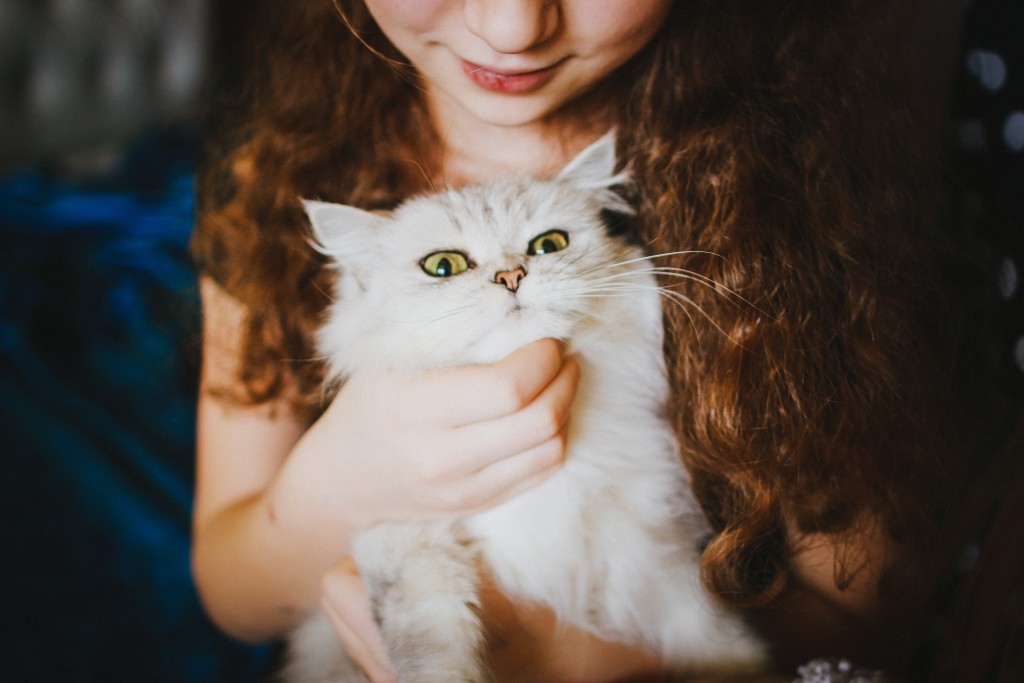With Valentine’s Day just behind us, it felt right to look at the relationships we have with our pets, and to ask whether the frequently intense emotions we feel towards our cats, dogs and even pet birds, are truly reciprocated?
There’s no doubt that the human animal bond helps many of us cope with the pressures of the modern world. It seems that owning an animal, especially the kind that we like to kiss and cuddle, has all kinds of proven health benefits for us. But what about the animals themselves, can we tell if they love us, or are our pets merely cute but well equipped, con artists?
The experts do have a few clues and while there are no definitive answers it is increasingly the view that some pets are capable of a range of humanlike emotions, including love.
Dog fans will swear the pooch is top of the tree in the devotion stakes, but it is actually parrot owners who can claim to pride of place where besotted pets are concerned. Who’d have thought that a bird brain might be on par with a human brain. But, it is true, our feathered friends not only lead complex social lives in the wild, even communicating in regional ‘parrotese’, they also bond for life. In the absence of a parrot mate, many bird owners find they have become the object of amorous fixation. And, because parrots bond so tightly with their chosen mate, this can present all kinds of problems for the human owner, who may find partners, children and close friends all under attack from the jealous, possessive bird. Given their instinctive love and devotion would-be owners should think very, very carefully about parrot ownership and what amounts to a lifelong cross species ‘marriage’.
Unlike dogs our feline friends are not so well domesticated that they depend on us utterly and it is no surprise that cats are now the most popular pet by far. All a cat needs is some territory of his own and a regular source of food to survive. But do cats ever feel more than cupboard love? The jury is out, but it is thought that some cats are more social than others and do show signs of affection, if you know what to look for. Aside from showing anger or fear, cats are not designed for extravagant displays of emotion. However, a cat that flags his tail and moves purposefully towards you holds you in high esteem, if not affection. Beware a heavily fluffed up tail though, that can spell anger. Rubbing around you and head butting (bunting) is now thought to be more about genuine affection than a scenting and ownership exercise. Slow eye closing is certainly a sign of trust, if not more. Try it out and see if your cat responds. But purring, once thought to be a sign of pleasure, is now thought to be more about communicating a desire for something or to prolong an event. Paradoxically, cats also purr when they are in pain. Cats that chirrup and ‘chat’ to you also may feel some sort of bond but whether your puss truly loves you is unclear.
Much more research has been carried out on dogs and we now know that owner and pet can experience internal changes that mirror the intensity of the parent child bond. Scientists are now beginning to think that dogs do feel a kind of love for their owners, although this is a physiological definition; what is sad and unclear is whether our dogs know we love them back.
Leonie St Clair
www.londondogstraining.co.uk


